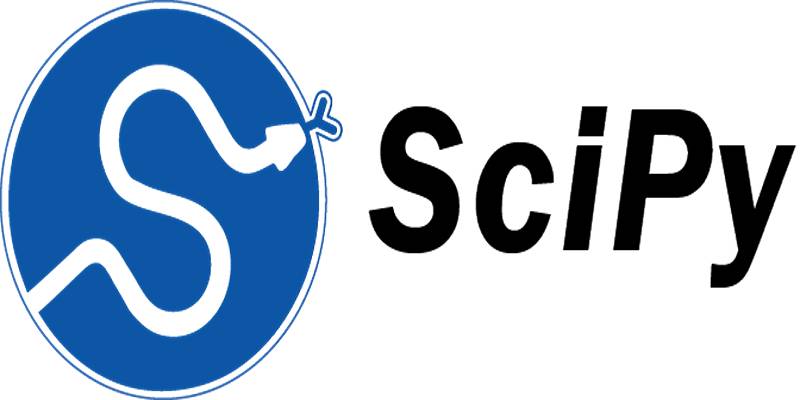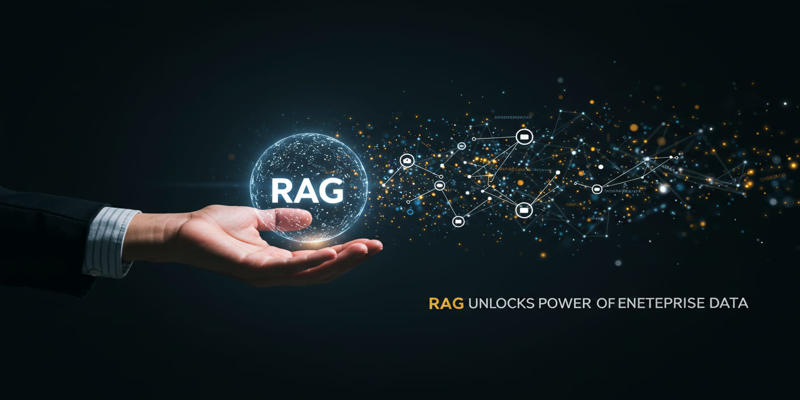Let’s be honest—selling on Amazon isn’t as easy as it once was. You’re now competing in a crowded marketplace where everyone claims their product is the best. The noise is constant, and standing out takes more than just a decent photo and a product upload. That’s where ChatGPT quietly changes the game. It works fast, doesn’t need sleep, and can turn your rough product info into a sharp, well-structured listing in minutes.
No need to master SEO or copywriting. Just give it clear input, and it delivers natural, appealing content that connects with real shoppers—and that’s what drives better clicks, conversions, and rankings.
Breaking Down the Core Parts of a Listing and What ChatGPT Can Fix
To optimize your Amazon product listing, you need to get a few pieces right. Each section has its job. The title brings the clicks. The bullet points explain the product's value. The description seals the deal. If any one of these pieces feels off—too wordy, too vague, or too technical—your potential customer will drift away. ChatGPT can work on each one with a surgical focus.
Start with the product title. Most sellers try to stuff keywords here like a carry-on bag before a vacation. What you get is something unreadable: "Water Bottle—BPA-Free 32oz Leakproof for Gym Hiking Camping Sports Men Women Kids." ChatGPT can trim this clutter. With a bit of context about your audience and key product features, it'll give you a headline that hits keywords naturally but also sounds like a human wrote it.
Next are the bullet points. These should walk the reader through the key benefits, not just the features. You're not selling "500ml" or "adjustable strap"—you're selling what those features do for the buyer's life. ChatGPT can take raw technical info and turn it into clear, benefit-driven statements in seconds. Say goodbye to generic fluff like "High-Quality Material" and hello to phrases that actually connect with your customer’s lifestyle.
And then there’s the description. This is where people often fall into two traps—either it’s too robotic, or it goes on like a blog post. You need just enough depth to build trust without making people scroll endlessly. ChatGPT’s strength here is balance. It keeps the tone friendly, avoids hype, and delivers what shoppers want to know—fast.
What ChatGPT Needs from You to Do the Job Right?
Even the best AI can’t read your mind. ChatGPT does its best work when you feed it what it needs. That doesn’t mean long paragraphs—just the right pieces of input. If you’re selling a fitness tracker, don’t just say, “Make a listing for a fitness tracker.” Instead, tell it, “Make an Amazon listing for a waterproof fitness tracker with heart rate monitor, sleep tracking, and a 7-day battery life, aimed at busy professionals and fitness beginners.”

The more you describe the audience, the better the results. Are your customer's parents? College students? Outdoor enthusiasts? Is price a big factor, or is durability the key? The goal isn’t to stuff your listing with selling points—it's to shape a story that matches your customer's lifestyle in a way that feels smooth, not sales.
You can also use ChatGPT to analyze what your competitors are saying. Just paste it into a top listing and ask, "What can be improved in this listing?" It'll break down the language, tone, and clarity—and suggest ways to make yours sharper without copying anything.
Don’t forget to ask it to help with keywords, too. While it’s not a replacement for a full SEO tool, it can suggest keyword variations you might miss and blend them into your content more naturally than most templates do.
Turning Fast Edits into Long-Term Wins
Here’s the thing about Amazon: a well-optimized listing isn’t just about search rankings or stuffing in keywords. It’s about trust. When someone clicks your product, skims the content, and it actually speaks to their needs, they’re more likely to stick around and buy. That feeling—that this product “gets them”—comes from clear, thoughtful writing. ChatGPT helps you nail that voice without the time drain.

Imagine you have ten products. Normally, you’d spend hours writing, tweaking, and polishing each listing. With ChatGPT, you can cut that time drastically. Just feed it the essentials—product features, audience, maybe a bit about the tone you want—and in twenty minutes or less, you’ve got a solid draft. Polish a few lines, check the keywords, and you’re good. Not only is your workflow faster, but now all your listings feel like they came from the same reliable source. That consistent tone—clear, casual, and confident—builds brand credibility over time.
But the value doesn’t stop there. ChatGPT isn’t a one-and-done tool. As you get feedback and reviews, you’ll notice patterns—questions customers ask, features they love, frustrations they mention. Instead of rewriting your listing from scratch, you can just tell ChatGPT, “Add a line about how the lid doesn’t leak,” and it’ll rewrite the bullet point instantly. This quick reaction loop helps you stay in tune with your buyers.
Over time, those quick edits start to add up. Listings improve. Conversions inch up. And all it took was a few minutes and the right tool in your corner.
Conclusion
In the end, ChatGPT gives you a fast, practical way to optimize your Amazon product listing without drowning in research or copywriting stress. It helps you write titles that rank, bullet points that speak to real needs, and descriptions that build trust—all in a tone that feels human and clear. You don’t need complex tools or hours of effort. Just give it the right input, and it’ll return results you can use instantly. With ChatGPT, you save time, sharpen your message, and create listings that actually convert—making it one of the smartest tools you can have as an Amazon seller.











